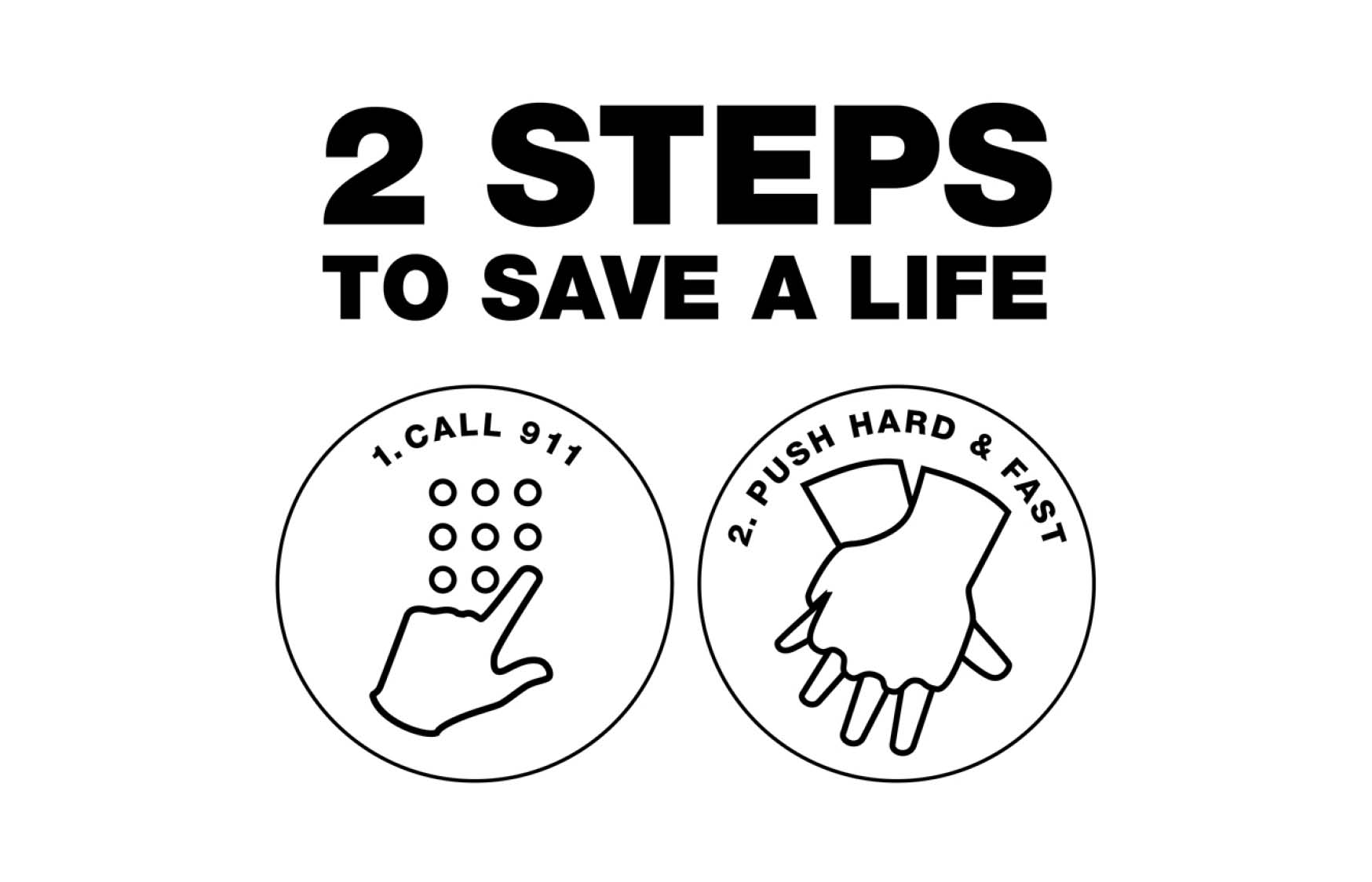Posted by American Heart Association, Inc. on Jun 13th 2020
What is CPR? Cardiopulmonary Resuscitation
What is CPR?
CPR: Cardiopulmonary Resuscitation
Science-based Guidelines
The AHA develops science-based CPR guidelines and is the leader in first aid, CPR, and AED training. All recommendations below are based on the AHA Guidelines Update for CPR and Emergency Cardiovascular Care (ECC).
CPR – or Cardiopulmonary Resuscitation – is an emergency lifesaving procedure performed when the heart stops beating. Immediate CPR can double or triple chances of survival after cardiac arrest.
The American Heart Association invites you to share our vision: a world where no one dies from cardiac arrest. Every year, 475,000 people die from cardiac arrest in the United States. Big number. Bigger opportunity. With your help, we can bring that number down to zero. Join us today, starting with this video: Learn more about the AHA's vision of a world where no one dies of cardiac arrest.
Immediate CPR can double or triple chances of survival after cardiac arrest.
Why Is CPR Important?
Keeping the blood flow active – even partially – extends the opportunity for a successful resuscitation once trained medical staff arrive on site.
Chain of Survival
CPR is a critical step in the AHA’s Chain of Survival. The term Chain of Survival provides a useful metaphor for the elements of the ECC systems concept.
The 5 links in the adult out-of-hospital Chain of Survival are:
- Recognition of cardiac arrest and activation of the emergency response system (calling 9-1-1 in the US)
- Early CPR with an emphasis on chest compressions
- Rapid defibrillation
- Basic and advanced emergency medical services
- Advanced life support and post-cardiac arrest care
A strong Chain of Survival can improve chances of survival and recovery for victims of cardiac arrest.
Automated External Defibrillators (AED)
AEDs can greatly increase a cardiac arrest victim's chances of survival. The AHA offers a two-page guide on how to implement an AED program at a company or organization. To minimize the time to defibrillation for cardiac arrest victims, deployment of AEDs should not be limited to only trained people (although training is still recommended).
How is CPR Performed?
There are two commonly known versions of CPR:
- For healthcare providers and those trained: conventional CPR using chest compressions and mouth-to-mouth breathing at a ratio of 30:2 compressions-to-breaths. In adult victims of cardiac arrest, it is reasonable for rescuers to perform chest compressions at a rate of 100 to 120/min and to a depth of at least 2 inches (5 cm) for an average adult, while avoiding excessive chest compression depths (greater than 2.4 inches [6 cm]).
- For the general public or bystanders who witness an adult suddenly collapse: compression-only CPR, or Hands-Only CPR. Hands-Only CPR is CPR without mouth-to-mouth breaths. It is recommended for use by people who see a teen or adult suddenly collapse in an out-of-hospital setting (such as at home, at work, or in a park).

Hands-Only CPR consists of two easy steps:
- Call 9-1-1 (or send someone to do that)
- Push hard and fast in the center of the chest
About High-Quality CPR
High-quality CPR should be performed by anyone - including bystanders. There are five critical components:
- Minimize interruptions in chest compressions
- Provide compressions of adequate rate and depth
- Avoid leaning on the victim between compressions
- Ensure proper hand placement
- Avoid excessive ventilation
- Even Children Can Perform Successful CPR
- A recent study tested sixth graders and their capacity to use Hands-Only CPR to save lives. The study found that the majority of children could perform CPR in the correct location and at the appropriate compression rate, making this a viable group to train to help save lives. In fact, the AHA is dedicated to training the next generation of lifesavers through its CPR in Schools program. We led the charge to make CPR training a high school graduation requirement in 34 states – and counting!
The Gender Difference: Men vs. Women
According to a study released by the Resuscitation Science Symposium, men are more likely to receive bystander CPR in public locations compared to women.
- Women and men receive similar CPR assistance within the home, but in public 45 percent of men received assistance compared to only 39 percent of women.
- Men were 1.23 times more likely to receive bystander CPR in public, and their chance of survival was 23 percent higher compared to women.
So why the discrepancy? It could come down to anatomy and a bystander being comfortable enough to perform CPR on a woman.